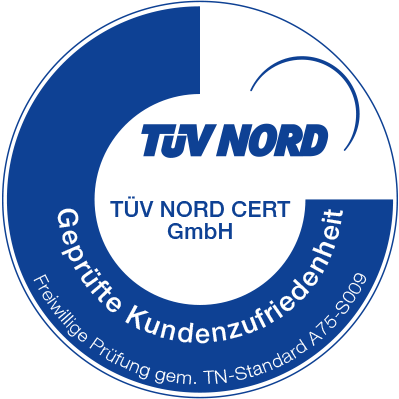Certainly, everyone has heard of the term „resolution“. In terms of visual illustration of data – like pictures – the quality is defined by the resolution. That is not necessarily right.
In the print-section, where lovely pictures are printed in magazines or catalogues, a resolution of 300 dpi is the rule. Dpi stands for „dots per inch“ and indicates how many dots of a picture are sensed on a length of 25.4mm. Logically, the more dots of a slide are sensed, the higher the resolution. You will notice that a resolution of 300 dpi – as it is the rule when printing – is never good enough for the sensing of a slide with a length of 24mm and a width of 36mm. That is why the producers of the equipment compete with their increasingly greater resolution. The length and width of a slide get sensed more detailed in order to avoid losing any information of the picture.
How many dots are needed regarding length and width?
The consequence is a greater amount of data. If we want to scan for example a slide in a resolution of 2,400dpi, a square inch of 2,400 x 2,400 dots will get sensed. This will add up to 5,760,000 pixel, or 5.76 mega pixel, which has a length and width of one inch each. If you want to scan a colored slide, you have to add 24 bit of color intensity for each dot. Each dot will be defined regarding its colorfulness. After scanning the data will have a size of 22.07 megabyte. This is how length times width times depth easily contain millions of picture information.
Ferrari-resolution or compact car – what do I really need?
The question arises: what should you do with the scanned picture? Do you want to watch them at a screen? Even a high-definition HD-ready TV isn’t able to show this amount of mega pixel. A resolution of 2,900 mega pixel (our Budget-resolution) is good enough when using a screen or a TV. However, a higher resolution improves the depth of sharpness. If you want to have the option of zooming into a photo in order to recognize small details like inscriptions and distant faces, a higher resolution will pay off. Even a beamer gives you the possibility of projecting a picture consisting of 2,900 mega pixel onto a wall – like a former projector did – and show you a sharp picture. The difference will be observed in the details.
A resolution of e.g. 7,200 dpi as several providers offer is humbug unless you want to print your slides at a length of 1 meters and a width of 2 meters
How many mega pixels do you need? – DIAFIX can tell you!
In practice, a slide-resolution between 2,500 and 4,000 dpi has been proved as practicable. They leave you enough room for enlarging extracts but give you at the same time an amount of data which can be handled. Even a paper print can be made in good quality at this named resolution.
DIAFIX has implemented that insight consequently. The different resolutions at DIAFIX lie between 2,900 and 4,500 dpi. It is always useful to talk to an expert if you want to scan your slides for a specific reason. What kind of presentation-medium do you have at home like e.g. an own home theater system or a laptop for watching your pictures? Do you just want to produce a simple photo album or even print an extract of a picture? Just call us! We will be happy to help you!
